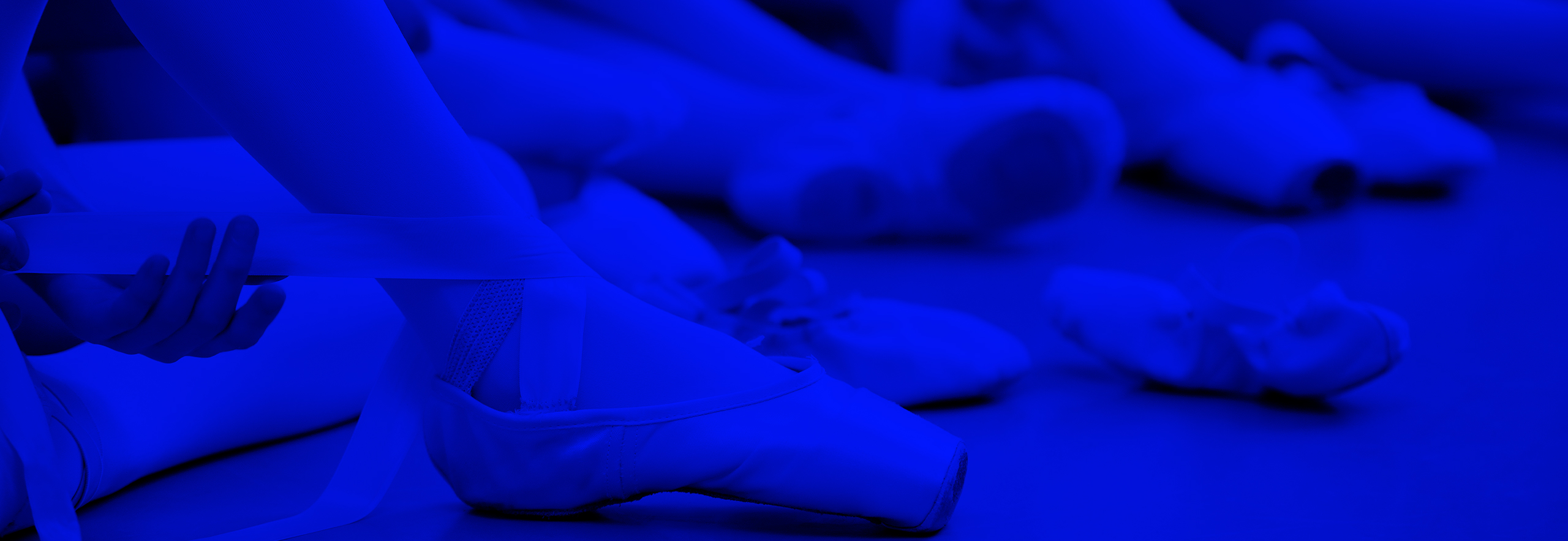Posterior Ankle Impingement Dancers | Dance Physiotherapy Toronto
Experienced Treatment for Posterior Ankle Pain in Dancers
Posterior ankle impingement is a common condition affecting dancers, especially those performing repetitive pointe and demi-pointe movements. It causes pain deep in the back of the ankle, often behind the Achilles tendon, and can limit performance and mobility.
At Strive Physiotherapy in Toronto, we specialize in dance physiotherapy and offer targeted care for posterior ankle impingement dancers experience during training and performance.
What Is Posterior Ankle Impingement?
Posterior ankle impingement occurs when soft tissue or bone pinches at the back of the ankle during forced plantar flexion (pointing the toes). This can result from:
- Overuse of the Flexor Hallucis Longus tendon
- Bony abnormalities like a Stieda process or Os Trigonum
These structures take up space in the posterior ankle, leading to pain and inflammation during dance movements.
Symptoms of Posterior Ankle Impingement
Common signs include:
- Deep pain behind the Achilles tendon
- Tenderness in the back of the ankle
- Discomfort during pointe or demi-pointe
- Pain aggravated by end-range plantar flexion
Causes of Posterior Impingement in Dancers
Dancers are especially prone to posterior ankle impingement due to:
- Repetitive loading of the ankle
- Improper muscle activation in the foot arch
- Forcing turnout or pointe positions
- Overtraining without adequate recovery
Dance Physiotherapy Toronto: How we Help Posterior Impingement in Dancers
Our dance focused physiotherapists perform a detailed assessment to identify whether your impingement is caused by soft tissue or bone. Based on this, your treatment may include:
- Mobilization of foot and ankle joints
- Strengthening exercises for arch and pointe control
- Core and hip stability training
- Education on proper turnout and pelvic alignment
- Referral for imaging (X-ray or MRI) if bony impingement is suspected
We tailor every program to the unique needs of dancers, helping you recover and prevent future injuries.
What Are The Best Exercises To Help With My Posterior Ankle Impingement Recovery?
Want to get started on your own? The following are some exercises you can use to recover from posterior ankle impingement pain. Please keep in mind that these exercises were designed as a place to start to address your symptoms. These exercises should not be performed or continued if they cause or increase your pain in any way. Using these exercises for self-management of your symptoms does not replace the value of being assessed by a Health Professional. If you find you need help, let a Strive Health Professional help you, book your time today!
Recovery Timeline for Posterior Ankle Impingement in Dancers
Recovery depends on the severity and cause of the impingement:
- Soft tissue cases: typically improve within weeks to months
- Bony impingement: may require longer rehab or medical intervention
Consistency with your rehab plan is key to long-term success.
Original contribution to this page in 2021 by Danna Epstein Marcus, Registered Physiotherapist

Ready to Start Feeling Better?
Book a free 10-minute consultation with Grace Underwood, a registered physiotherapist and former dancer who understands the unique demands of dance training.


